If you burn wood in a fireplace, you know the damper should be open before you get a fire going. But is halfway open good enough? Less heat will be lost up the chimney, right? Can the damper be closed as the coals are dying down? You’ll retain a bit more heat, right? Let’s discuss an important part of your fireplace; the damper.
THE FUNCTION:
A damper in a fireplace is located at the top of the firebox. The primary purpose of a damper is to seal off the firebox from the chimney. Why is this so important? We know that cold air is heavier than warm air. With the damper left open and no fire in the fireplace, cold air can quickly spill down the chimney and into the room. But, depending on the air pressure and air flow in your house, sealing off the fireplace will prevent warm air in your home from being pulled, or lost up the chimney, too. One way or another, you have paid to heat the warm air in your home. So, let’s not lose it by leaving the damper open when there is no fire in the fireplace.
DIFFERENT DAMPERS FOR DIFFERENT FIREPLACES
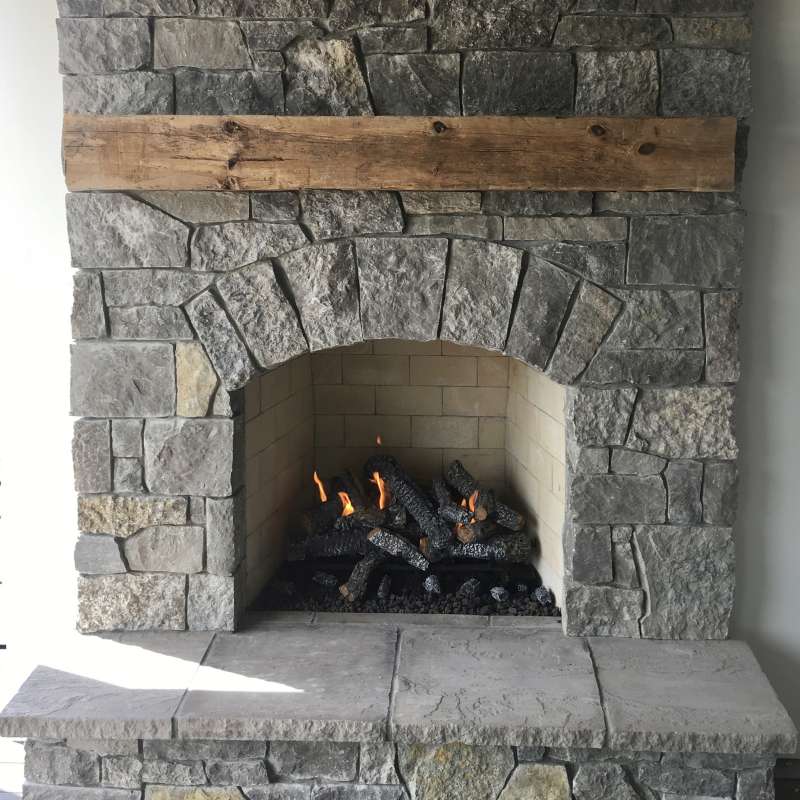 If you have a masonry fireplace, odds are high the damper will be one of two types. The first is a piece of cast iron that spans the width at the top of the firebox. These are often open and closed with a worm gear mechanism. There is normally a key that will be seen from the front of the fireplace. By turning this key all the way to the left, the damper will open. Conversely, turning the key clockwise to the right, the damper is closed.
If you have a masonry fireplace, odds are high the damper will be one of two types. The first is a piece of cast iron that spans the width at the top of the firebox. These are often open and closed with a worm gear mechanism. There is normally a key that will be seen from the front of the fireplace. By turning this key all the way to the left, the damper will open. Conversely, turning the key clockwise to the right, the damper is closed.
The second type of damper is operated by a lever, normally mounted on the right inside wall of the fireplace. By pulling the lever toward you, the damper is open. By pushing it away from you, the damper is closed.
On some zero clearance, factory built fireplaces, the damper is a little different than the two mentioned above. The damper in many ZC fireplaces is a simple metal plate that pivots open and pivots closed when a lever is pushed or pulled. Note that most EPA certified ZC fireplaces do not have a damper. Gasketed, sealed doors keep cold air from infiltrating.
OPEN OR CLOSED?
The damper should be kept closed when there is no fire or coals burning. Warm air from your home will not be lost up the chimney when the fireplace is not being used.
Fully open the damper before your start a fire and keep it fully open until all embers and coals have burned out. This is to allow smoke and other combustion by-products to safely exit the fireplace, up the chimney.
DAMAGED OR MISSING?
An effective damper can be compared to your front door. Left open and you’ll lose lots of heat from the house. (Do some of those long “good-byes” with the front door wide open come to mind?) Simply close the damper (or door) tight, and the heat is contained in the house.
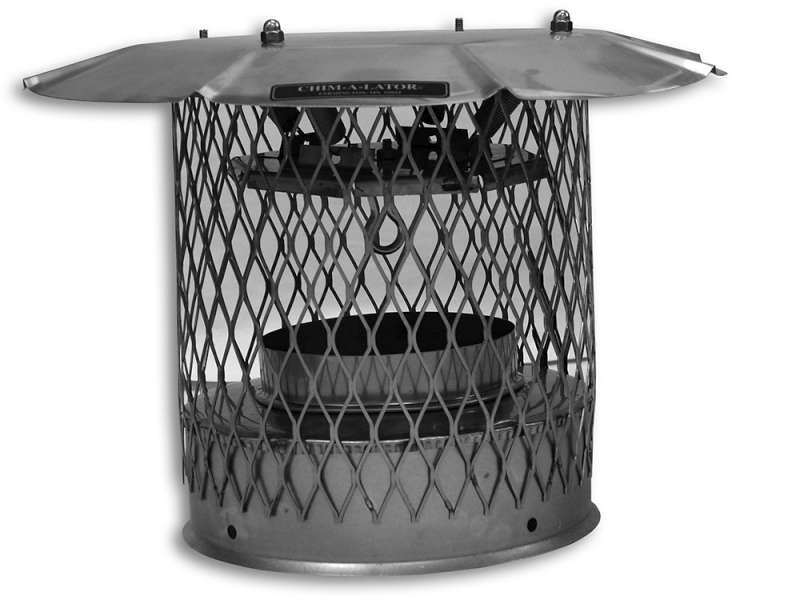 But, what do I do with my older home’s fireplace that has a missing or badly damaged damper? Years and years of heating up to high temperatures and cooling down can take a toll on any damper. They can warp, twist or rust and begin to deteriorate. A device called a “lock-top sealing damper” is the answer. The cap on the top of the chimney is replaced with a spring loaded damper, or lid so to speak. The chimney is effectively sealed at its top, not in the fireplace. These lock-top sealing dampers come in different sizes and shapes, but their function is the same as other dampers. They seal up the fireplace. They are designed to stop the cold outside air from coming down the chimney or losing the warm, heated air from the house, up the chimney.
But, what do I do with my older home’s fireplace that has a missing or badly damaged damper? Years and years of heating up to high temperatures and cooling down can take a toll on any damper. They can warp, twist or rust and begin to deteriorate. A device called a “lock-top sealing damper” is the answer. The cap on the top of the chimney is replaced with a spring loaded damper, or lid so to speak. The chimney is effectively sealed at its top, not in the fireplace. These lock-top sealing dampers come in different sizes and shapes, but their function is the same as other dampers. They seal up the fireplace. They are designed to stop the cold outside air from coming down the chimney or losing the warm, heated air from the house, up the chimney.
How does a lock-top damper work? A heavy duty cable is installed down the chimney, through or around the old damper. The cable is mounted to a handle and bolted to the inside wall of the fireplace. The cable is pulled to spring the damper up, or to open it. Or, it can be pushed to seal it back up. The installation of this device is best left to a professional.
WHAT ABOUT GAS LOGS AND THE DAMPER?
Gas logs in fireplaces are very popular. Does the damper need to be open when they are being used? This is a common question and the answer is a resounding “yes”! In fact, a clamp is required to be installed on the damper to prevent it from closing tight even when the logs are not turned on. Since the pilot light runs continuously and there’s a risk of forgetting to open the damper before the gas logs are lit, the damper must be kept slightly ajar by installing a small C-clamp.
LET’S SUMMARIZE
Before you start a fire, any type of fire . . . . wood or gas . . . . always fully open the damper. If you’re burning wood, keep it fully open until all the burning embers are completely burned out. If it’s a gas log set, turn off the flames before the closing the damper as far as possible.
If there is no fire, always keep the damper closed to prevent air infiltration and heat from being lost up the chimney.
Using a damper is a simple concept. Not using it correctly or forgetting about it all together can have serious consequences that can put your loved ones and property at risk.
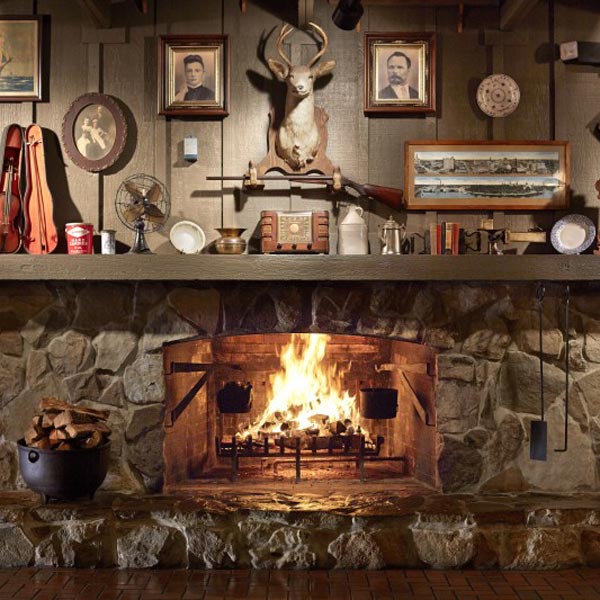
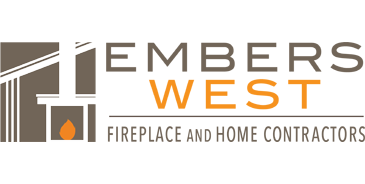
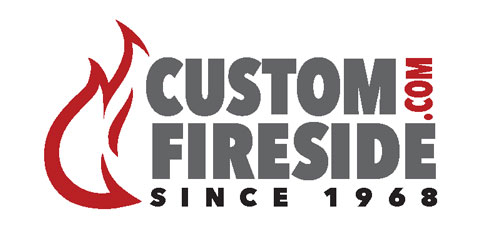


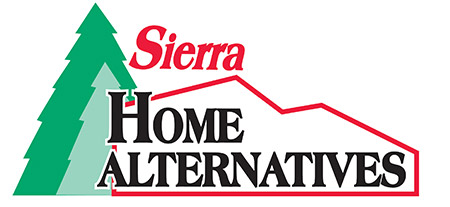


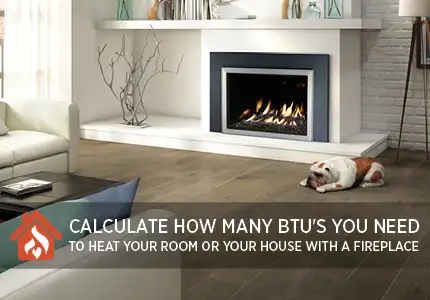

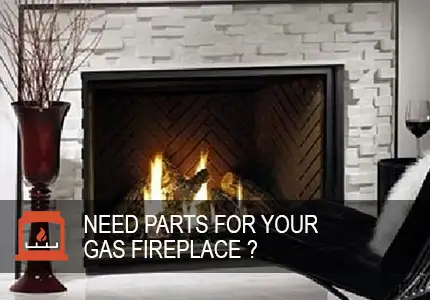
14 Responses